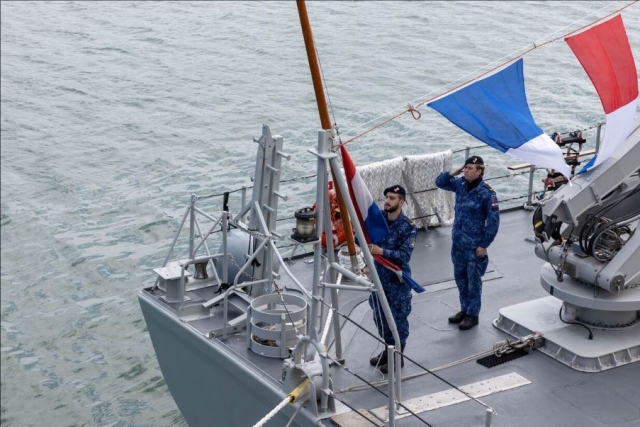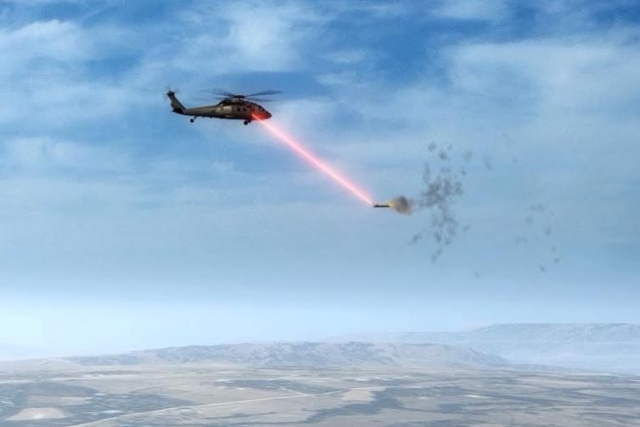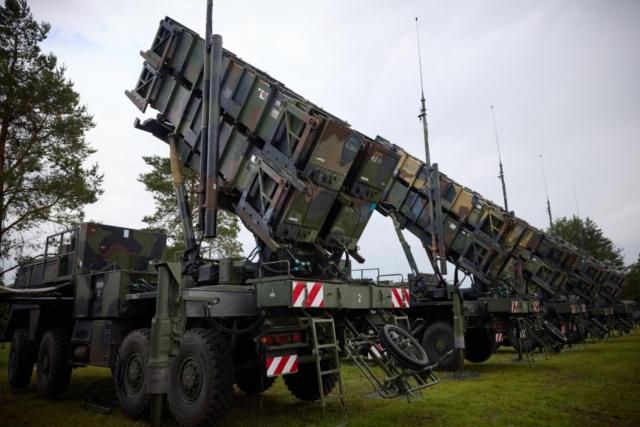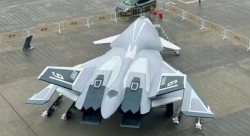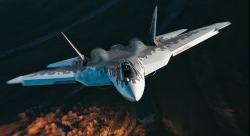U.K. Navy's New Drones Can Trick Sea Mines into Exploding Harmlessly
Autonomous Sweep system uses decoy signals to neutralize mines without risking sailors' lives
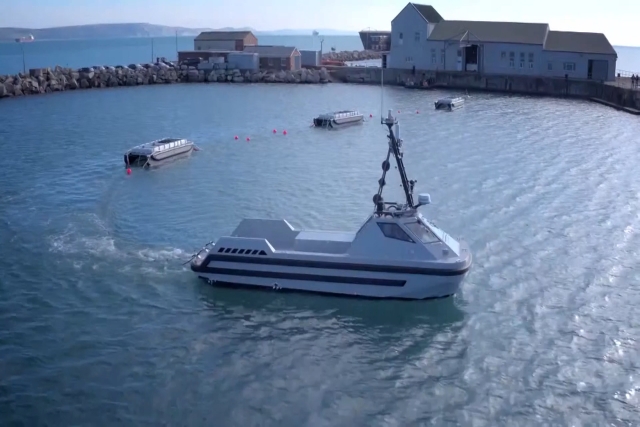
The U.K. Royal Navy has formally accepted into service a new class of uncrewed surface drones capable of neutralizing sea mines by tricking them into detonating harmlessly.
The system, known as Sweep, is designed to keep naval personnel out of harm’s way while restoring a minesweeping capability the U.K. has not had since 2005.
Sweep operates by pairing a remotely controlled surface drone with a sophisticated towed sensor that mimics the acoustic and magnetic signatures of real ships. This technology is specifically engineered to deceive modern digital mines that rely on detecting and analyzing nearby vessel signatures before exploding.
"The uncrewed system can replicate a ship's signature, tricking sea mines into detonating safely," said Jonathan Reed-Beviere, the Royal Navy’s Mine Hunting Capability Programme Director. "The Royal Navy receiving its first fully autonomous minesweeping system is truly transformational."
Unlike traditional minehunters that locate mines before sending divers or robots to disarm them, Sweep autonomously clears the area by directly triggering mine explosions at a safe distance. This automatic neutralization significantly reduces the operational risk and speeds up the mine-clearing process.
The system also includes a “sense and avoid” capability, allowing it to operate in coordination with other unmanned mine countermeasure platforms, such as the Maritime Mine Counter Measures system and SeaCat Uncrewed Underwater Vehicles.
Remotely operated from land or sea, Sweep is a portable and flexible addition to the Royal Navy’s arsenal, offering a modern solution to the persistent threat of naval mines.
